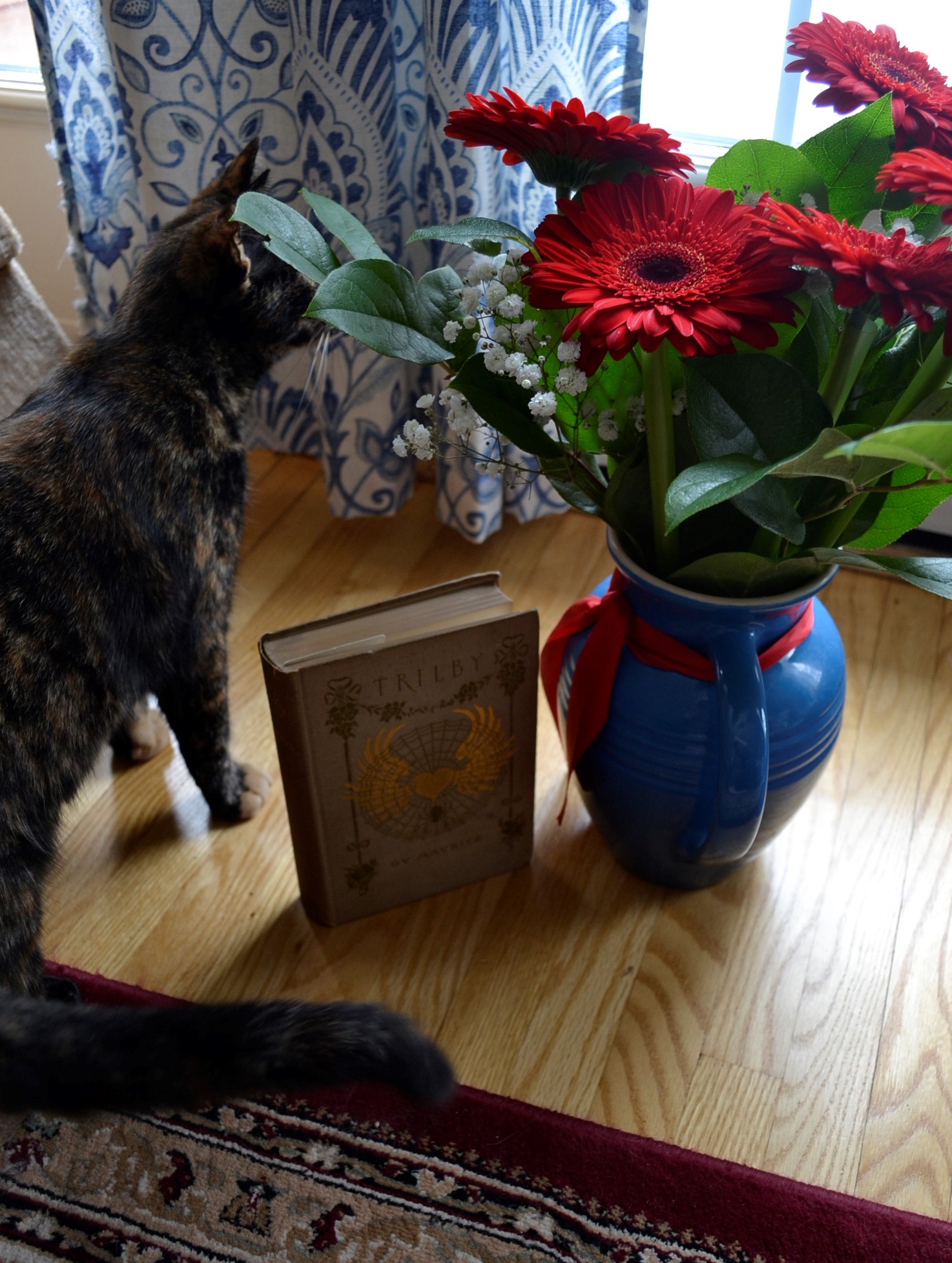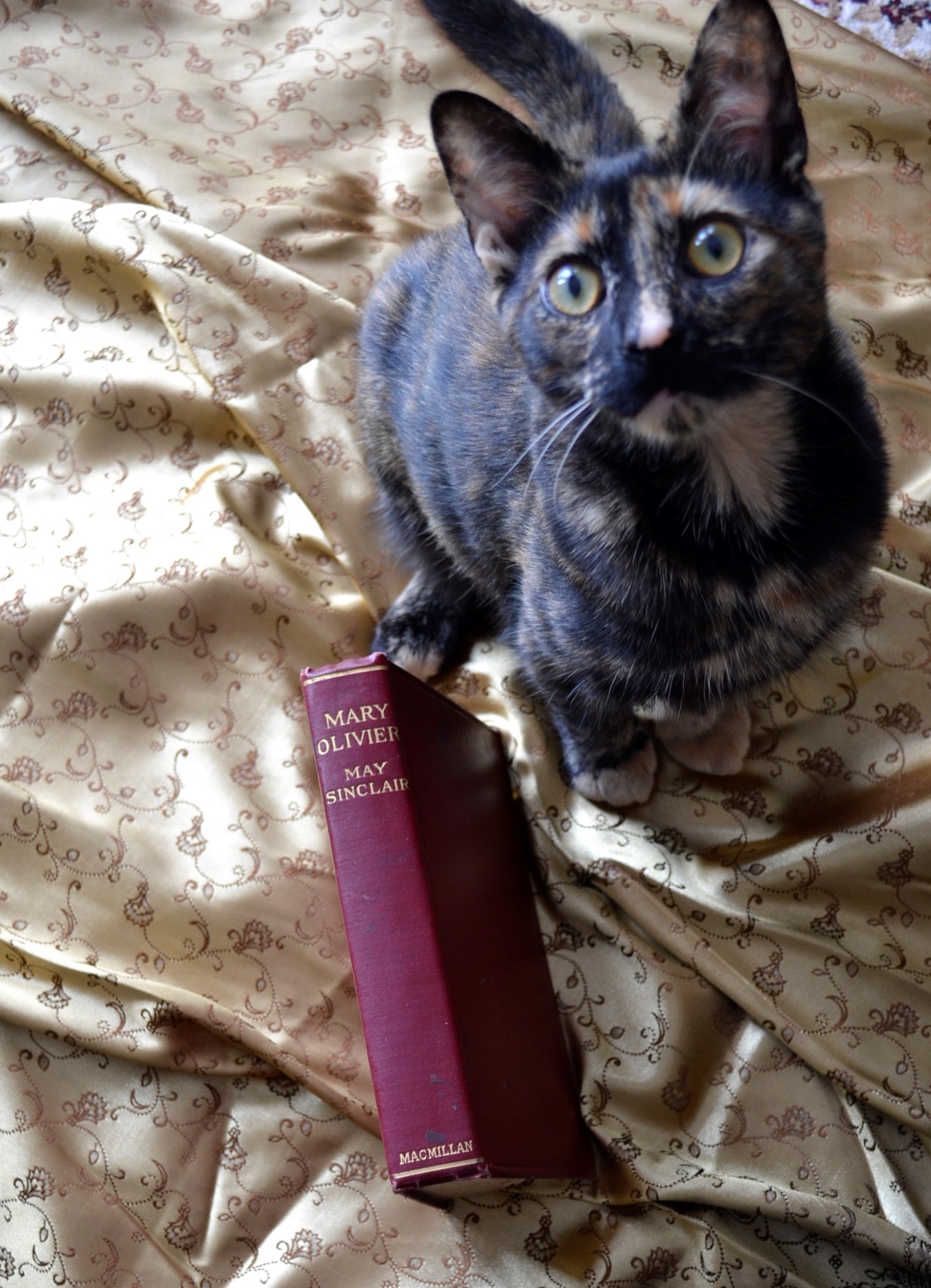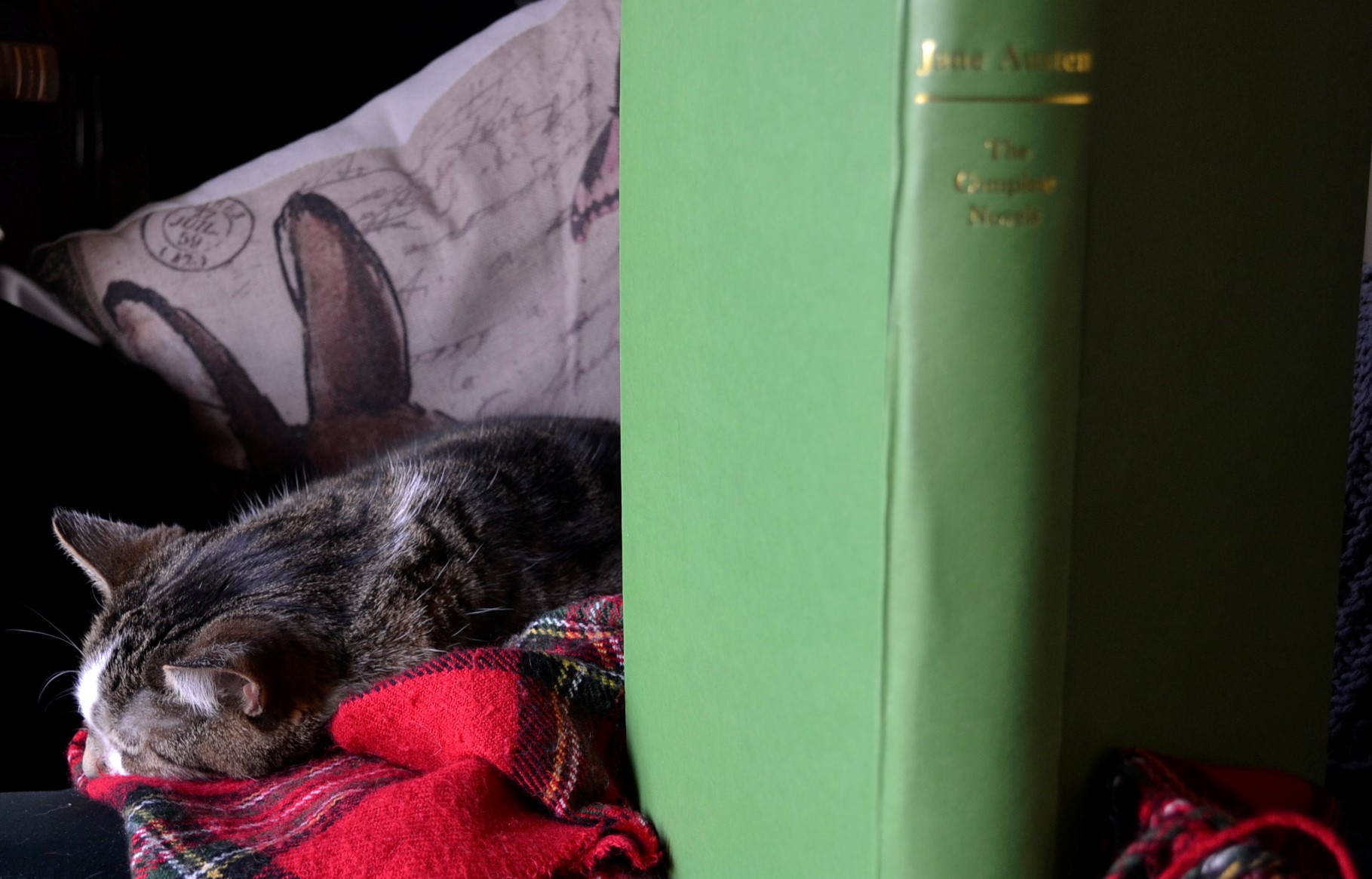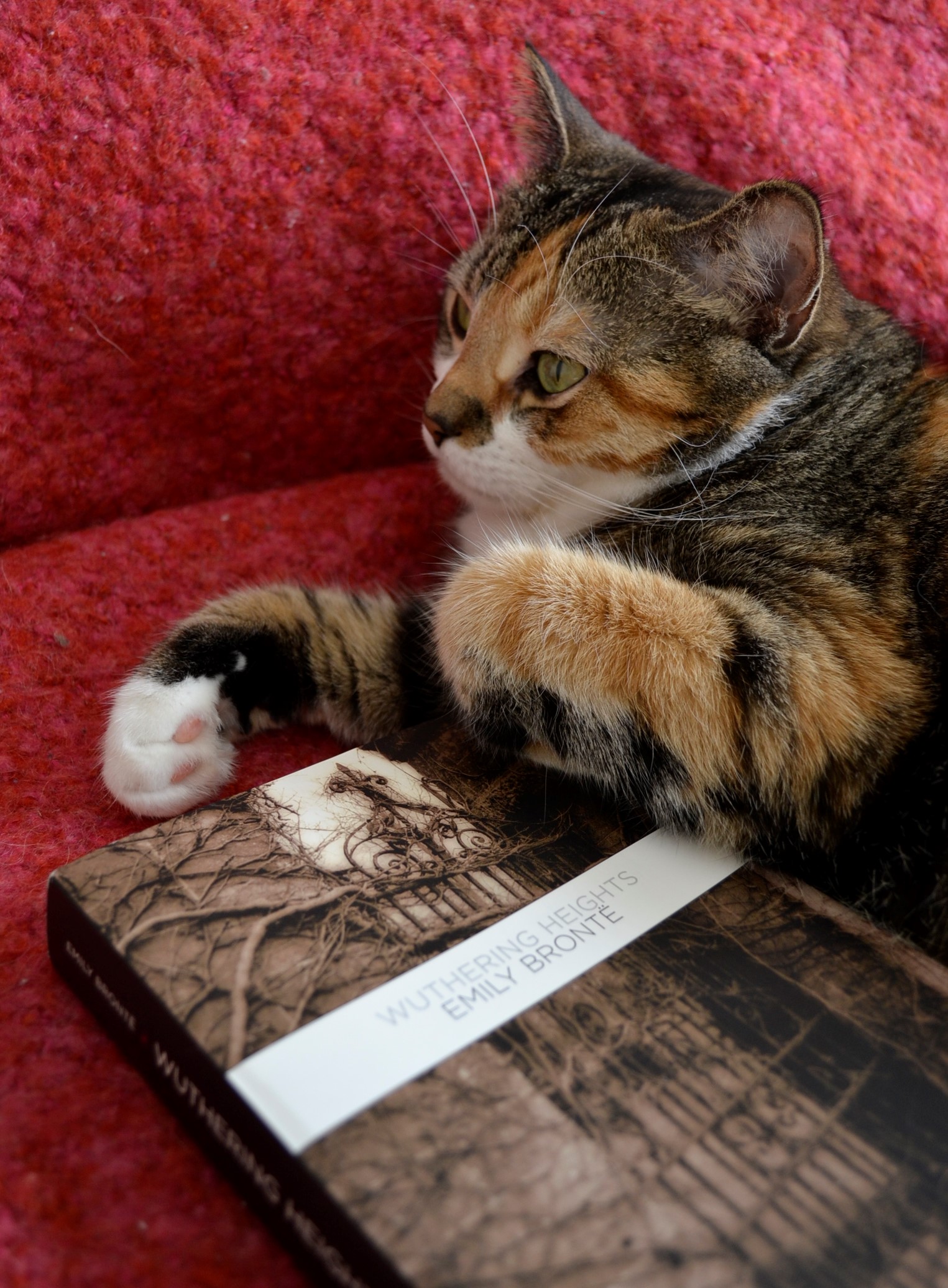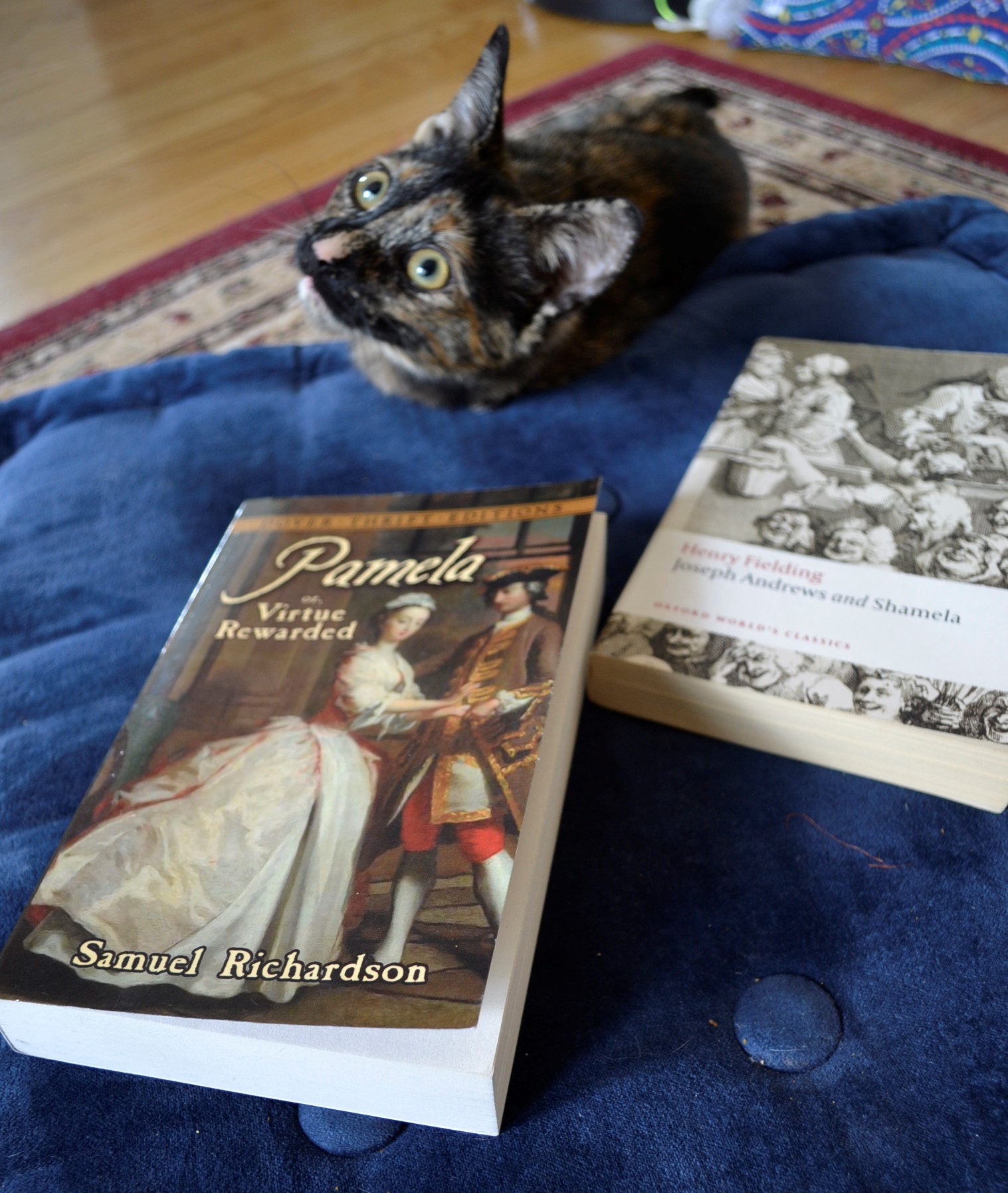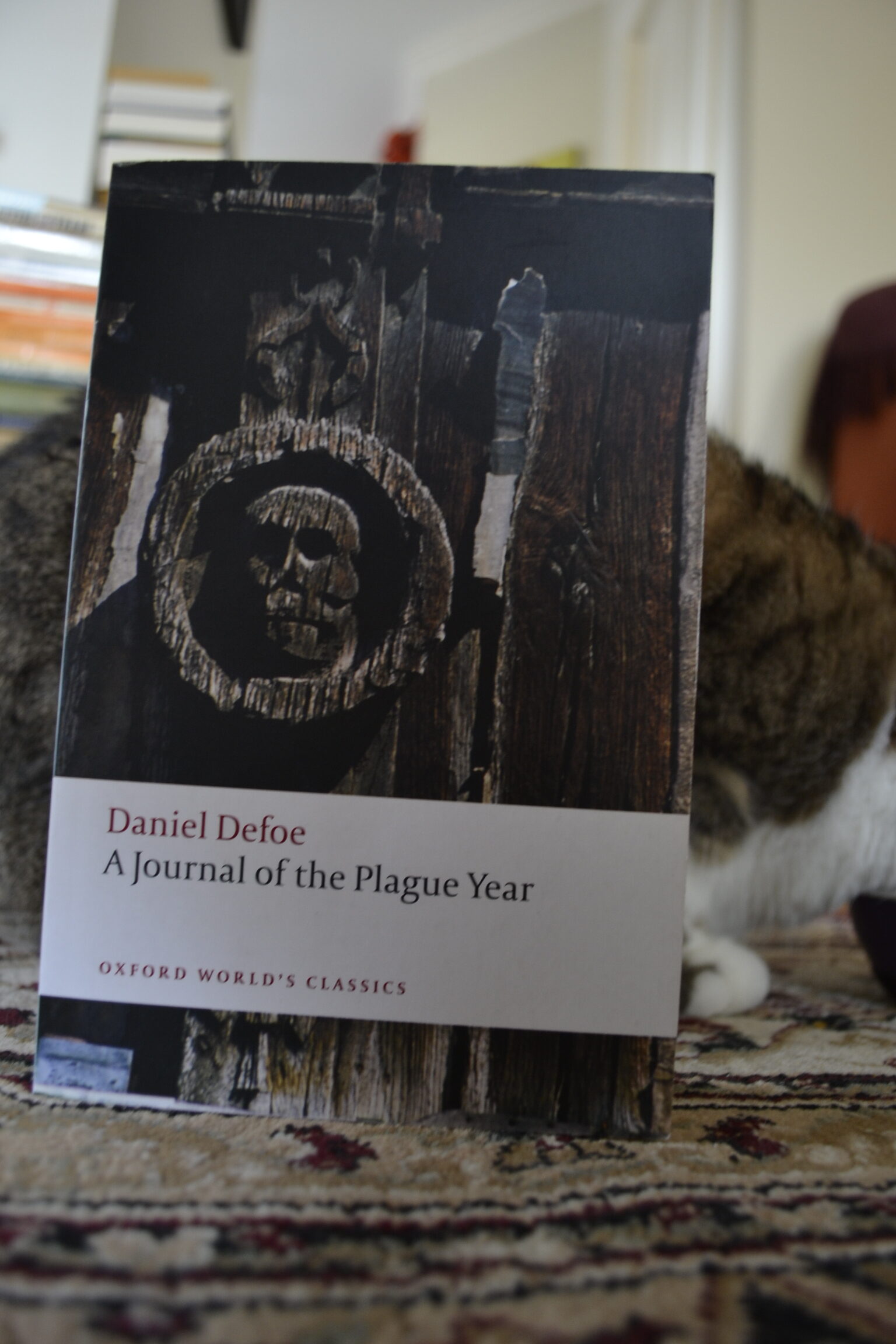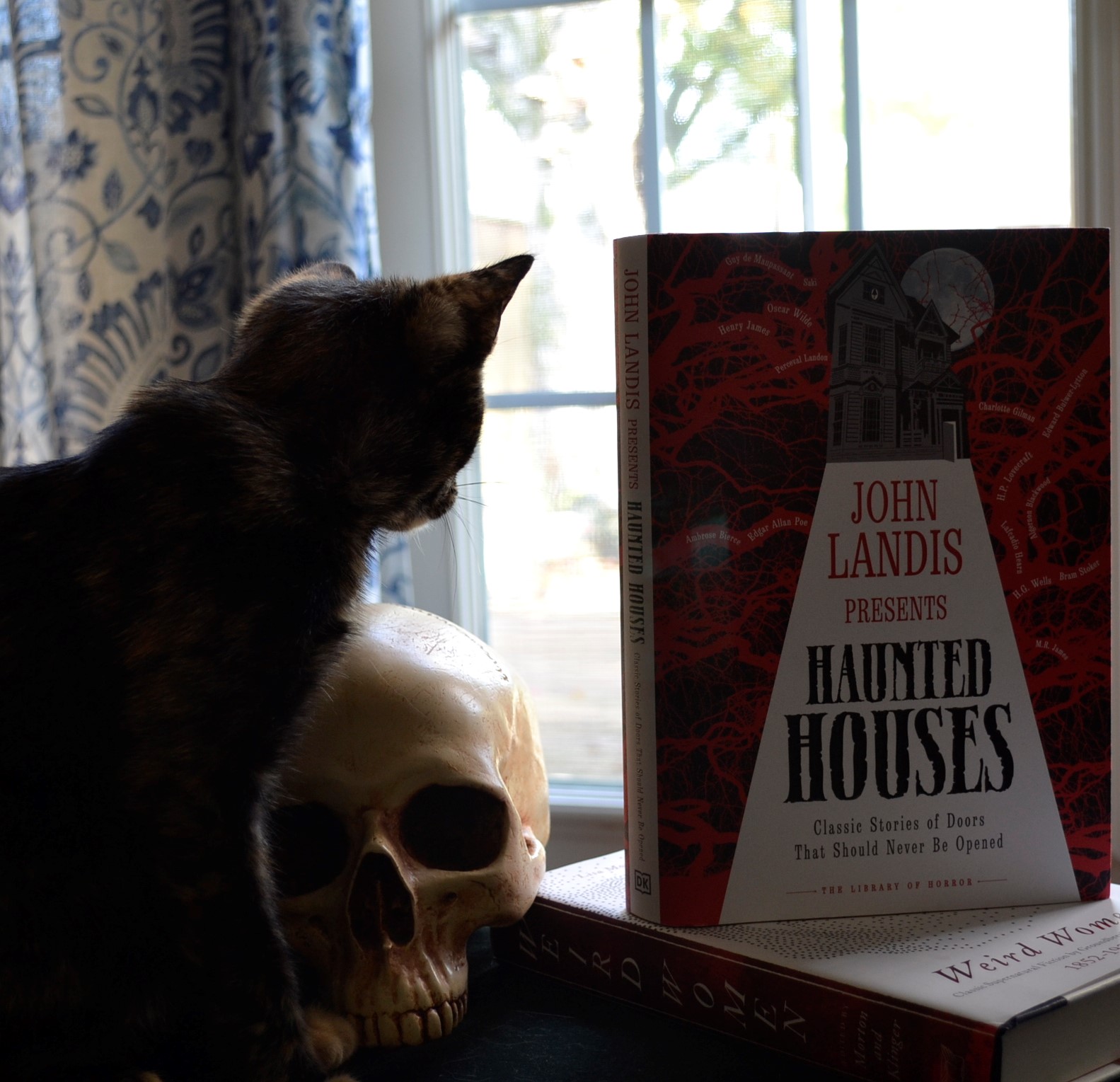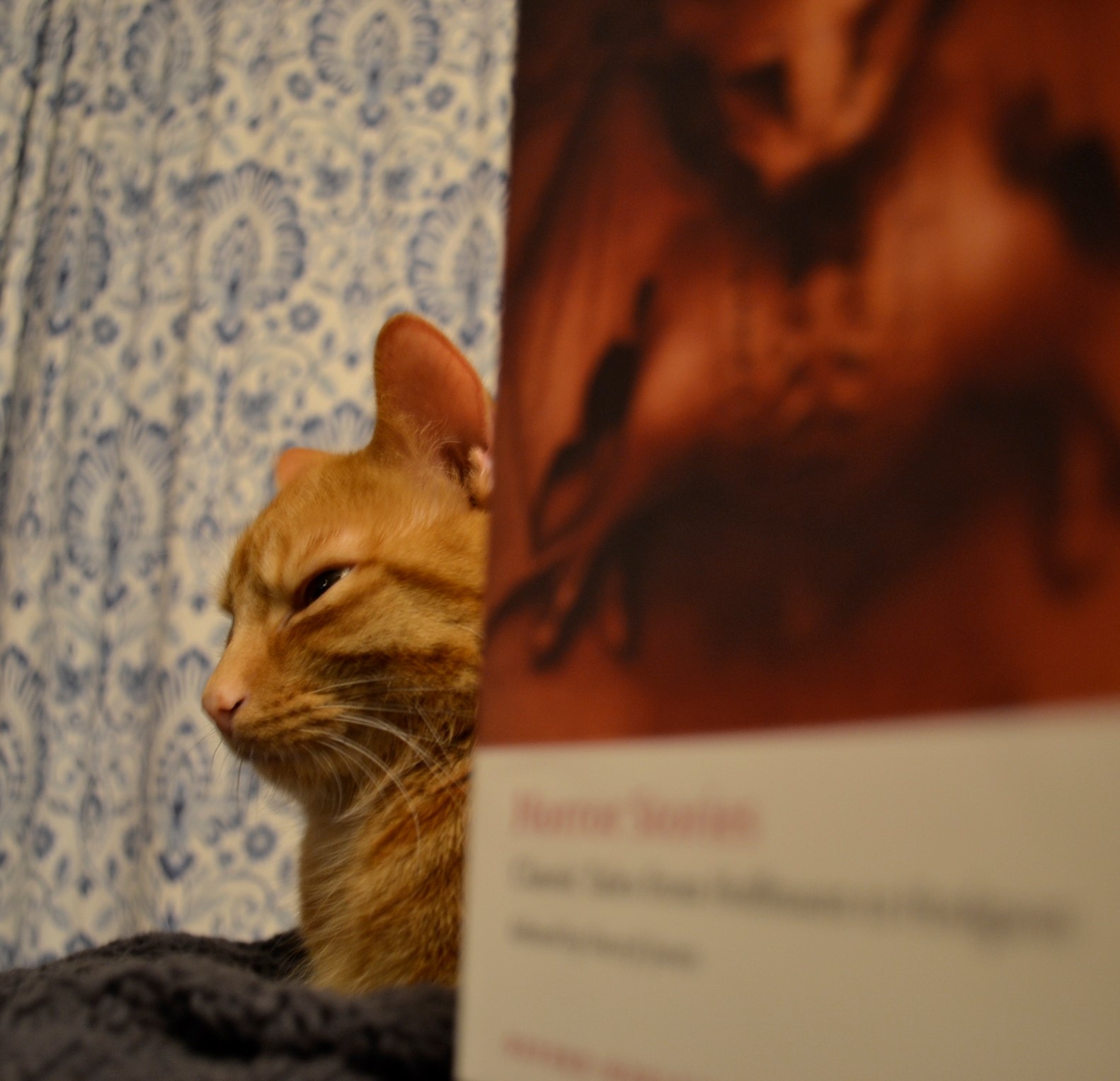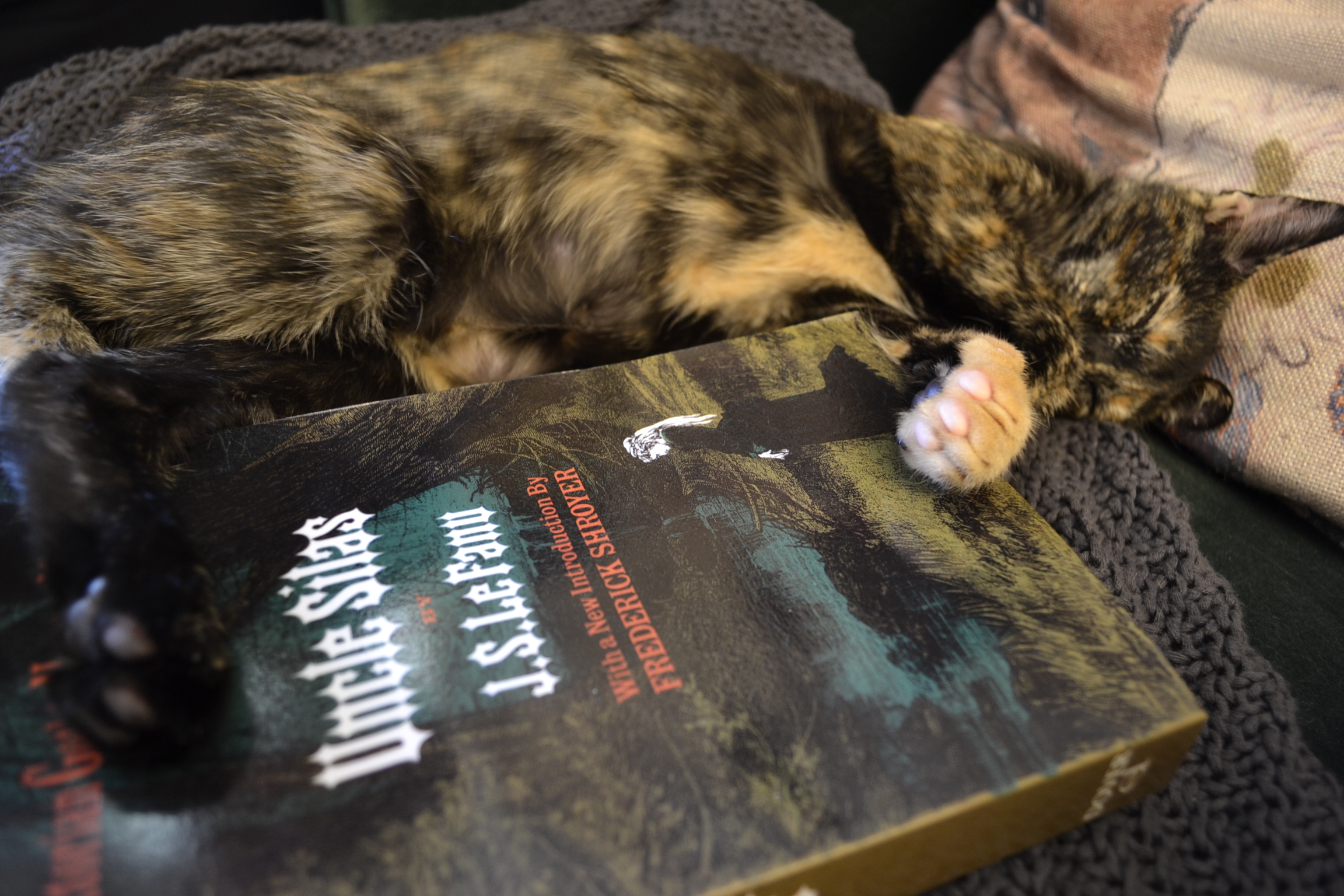Trilby
This book is one of the prettiest ones that I have come across in recent time in terms of book design and binding. However, it is definitely a work that should be limited to those that have a knowledge of the time in which it was produced or are studying this specific era of literature or history. This is a review of George du Maurier’s Trilby.
